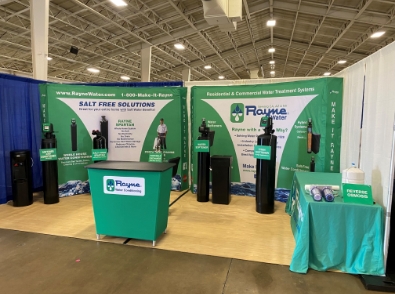A new study published in the journal, Environmental Sciences and Technology Letters, discovered that 16.5 million Americans are drinking water that is contaminated with at least one of six types of PFAS’s, with levels at, or above, the maximum limit set by the Environmental Protection Agency (EPA). While PFAS’s can be found in drinking water anywhere in the United States, the majority of the toxic water is found in just 13 states and California tops that list. PFAS’s are polyfluoroalkyl and perfluoroalkyl substances used to make such things as food packaging items like popcorn bags and pizza boxes, nonstick cookware, fire suppressing foam and certain fabrics. The biggest problem with PFAS’s is that once they are introduced into the body, they will remain there for a long, long time – about 3 ½ years to be exact. This means that each time they are ingested, they will accumulate, which can cause some serious health problems. These chemicals are stored in the liver, blood serum and other organs, and have been linked to high cholesterol, hormone suppression, obesity and cancer. Another study in the Environmental Health Perspectives found that PFAS’s may even be disrupting the immune system of children; those exposed to PFAS’s, from drinking water, at a young age, had lower levels of tetanus and diphtheria antibodies than expected, after being immunized to them. Some other health care professionals have seen this same effect for influenza and measles as well. While there have already been restrictions placed on PFAS’s predecessor, perfluorooctanoic acid, there are still not enough restrictions in place for PFAS’s. With this being said, it is important to have your drinking water tested for these chemicals, especially if you live in a location known to have higher concentrations of PFAS’s, such as California. Rural areas are not the only places that need water filtration, water softeners in the San Fernando Valley and other major Southern California metropolitan areas are becoming increasingly popular due to hard water problems.
Other locations that are plagued with high levels of these toxic chemicals are those with watersheds located near military bases, wastewater treatment plants and industrial sites. The Water Research Foundation conducted a series of tests to determine what water filtration methods were the most effective at removing PFAS’s. Their determination was that nanofiltration and Reverse Osmosis (RO) were the most effective in removing even the smallest of these toxic chemicals. An effective RO system such as our RayneClear Reverse Osmosis System or RaynePure Plus Reverse Osmosis System has the ability to filter out some of the most toxic chemicals out there, including PFAS’s.
Rayne Water is happy to serve both Northern and Southern California. From water softening systems in Sacramento to reverse osmosis in San Diego , we have you covered! If you would like more information on any of our available drinking water filtration systems, and what types of contaminates they will filter out, give us a call at 1-800-327-9777 and we will be glad to go over all of your water filtration options with you.


